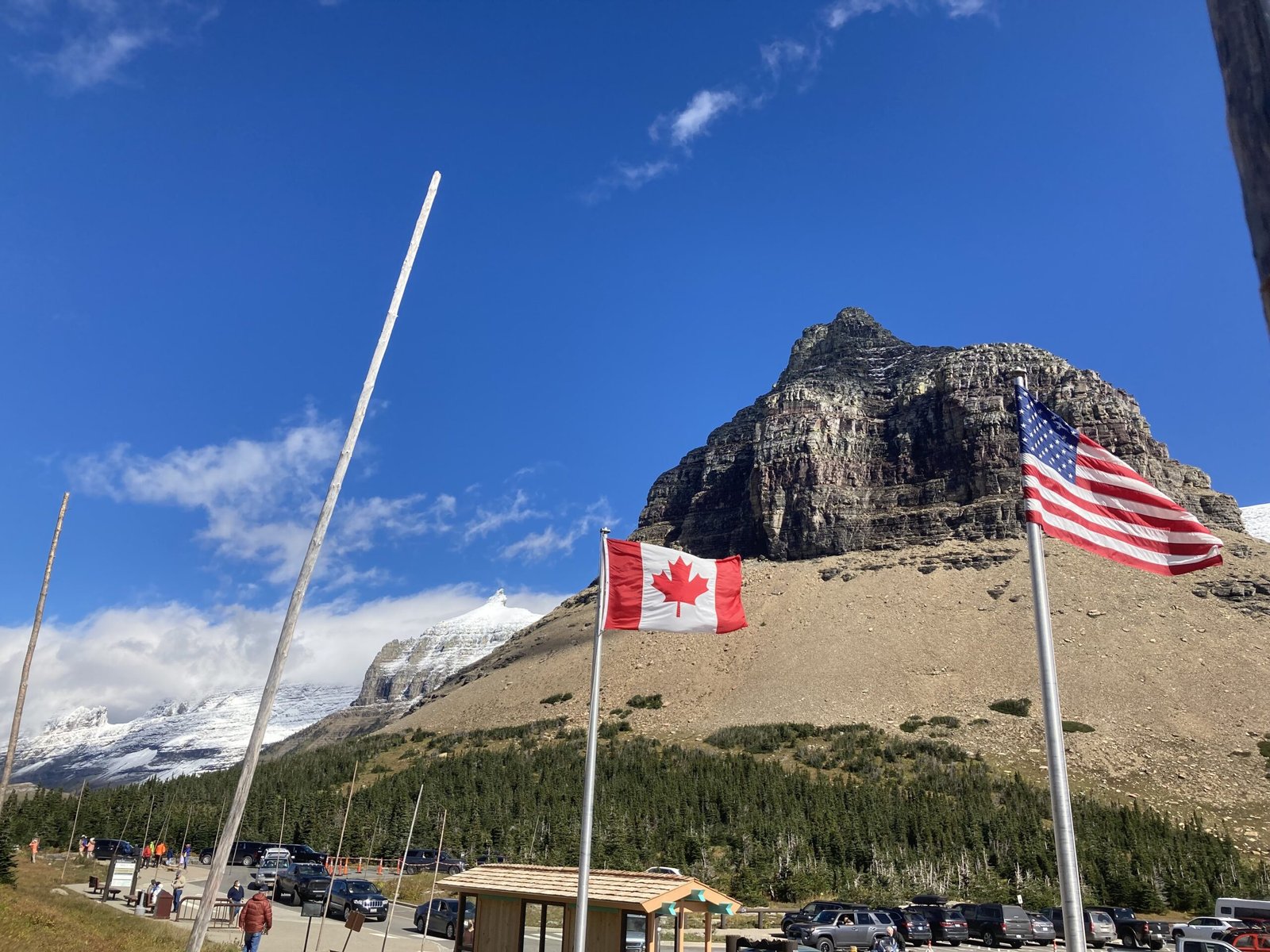Glacier National Park offers a range of tranquil camping experiences for those seeking solitude amidst nature’s grandeur. The quietest campgrounds in the park provide a peaceful retreat from the bustling tourist areas, allowing visitors to immerse themselves in the pristine wilderness. These secluded sites offer a unique opportunity to connect with nature, enjoy starry nights, and wake up to the sounds of wildlife in one of America’s most breathtaking national parks.
What are the top 5 quietest campgrounds in Glacier National Park?

- Kintla Lake Campground
- Location: Northwestern side, near Canadian border
- Capacity: 13 tent-only sites
- Amenities: Pit toilets, hand pump for water (June-September)
-
Accessibility: Rough dirt road, not suitable for RVs over 21 feet
-
Cut Bank Campground
- Location: 19 miles north of East Glacier off U.S. 89
- Capacity: Limited sites for small RVs and tents
- Amenities: Pit toilets, no running water
-
Accessibility: 5-mile potholed dirt road
-
Bowman Lake Campground
- Location: North Fork area
- Capacity: 48 sites
- Amenities: Pit toilets, no running water
-
Accessibility: Remote, distant from main park activities
-
Two Medicine Campground
- Location: Eastern side of the park
- Capacity: Various sites, including creekside spots
- Amenities: Flush toilets, cold running water, picnic tables, fire rings
-
Accessibility: Closer to park entrance, but still quieter than main campgrounds
-
Sprague Creek Campground
- Location: 9 miles from west entrance, along Going-to-the-Sun Road
- Capacity: 25 sites (reservation only)
- Amenities: Running water, flush toilets, fire rings with grills
- Accessibility: No RVs or tow units over 21 feet
How do these campgrounds compare in terms of amenities?

| Campground | Toilets | Water | Fire Rings | RV Access |
|---|---|---|---|---|
| Kintla Lake | Pit | Hand pump (seasonal) | Yes | Limited (< 21ft) |
| Cut Bank | Pit | None | Yes | Limited |
| Bowman Lake | Pit | None | Yes | Yes |
| Two Medicine | Flush | Cold running | Yes | Yes |
| Sprague Creek | Flush | Running | Yes | No (< 21ft) |
What are the reservation processes for these campgrounds?
- Kintla Lake, Cut Bank, Bowman Lake: First-come, first-served
- Two Medicine: Partially reservable, partially first-come, first-served
- Sprague Creek: Reservation only through Recreation.gov
Reservations for reservable sites can be made up to 6 months in advance. It’s advisable to book early, especially for peak summer months.
What are the costs associated with camping at these sites?
Camping fees typically range from $20 to $30 per night, depending on the campground and season. Some factors that may affect pricing include:
- Amenities available (e.g., flush toilets vs. pit toilets)
- Season (peak vs. off-peak)
- Site type (standard vs. group sites)
Always check the official Glacier National Park website for the most up-to-date pricing information.
When is the best time to visit these quiet campgrounds?
The best time to visit these quiet campgrounds depends on your preferences:
- June-August: Peak season with warmest temperatures, but also busiest
- May and September: Shoulder seasons with fewer crowds, cooler temperatures
- October-April: Off-season, limited facilities, potential for snow and road closures
For the quietest experience, consider visiting during shoulder seasons or weekdays during peak season.
What wildlife might campers encounter at these sites?
Campers at these quiet sites may encounter various wildlife, including:
- Black bears and grizzly bears
- Mountain goats
- Bighorn sheep
- Elk and deer
- Various bird species
It’s crucial to practice proper food storage and follow bear safety guidelines to ensure a safe camping experience.
What hiking opportunities are available near these campgrounds?
Each campground offers unique hiking opportunities:
- Kintla Lake:
- Kintla Lake Trail (easy, lakeside)
-
Boulder Pass Trail (strenuous, backcountry)
-
Cut Bank:
- Cut Bank Pass Trail (moderate)
-
Triple Divide Pass Trail (strenuous)
-
Bowman Lake:
- Bowman Lake Shore Trail (easy)
-
Quartz Lake Loop (strenuous)
-
Two Medicine:
- Running Eagle Falls Trail (easy, accessible)
-
Scenic Point Trail (strenuous)
-
Sprague Creek:
- Trail of the Cedars (easy, accessible)
- Sperry Chalet Trail (strenuous)
What are the park regulations campers should be aware of?
- Food Storage: Use bear-resistant containers or food lockers
- Campfires: Only in designated fire rings when permitted
- Quiet Hours: Typically from 10 PM to 6 AM
- Pets: Must be leashed and are not allowed on trails
- Leave No Trace: Pack out all trash and follow LNT principles
How can campers prepare for a stay at these remote sites?
- Bring sufficient water and food supplies
- Pack appropriate clothing for variable weather
- Carry bear spray and know how to use it
- Bring a detailed map and compass
- Inform someone of your plans before heading to remote areas
- Check road conditions, especially for campgrounds with rough access roads
What stargazing opportunities do these quiet campgrounds offer?
These remote campgrounds offer excellent stargazing opportunities due to their distance from light pollution. Campers can enjoy:
- Clear views of the Milky Way
- Potential Northern Lights sightings (depending on solar activity)
- Meteor showers (seasonal)
Consider bringing a star chart or astronomy app to enhance your stargazing experience.
How do these campgrounds contribute to preserving Glacier National Park’s ecosystem?
By concentrating visitor use in designated areas, these campgrounds help:
- Protect sensitive habitats from human disturbance
- Minimize wildlife conflicts
- Reduce overall environmental impact
- Educate visitors about conservation through ranger programs
Campers play a crucial role in preservation by following Leave No Trace principles and park regulations.
References:
1. Moon Travel Guides: Best Campsites in Glacier National Park
2. Glacier Park Collection: A Guide to Camping in Glacier National Park
3. National Park Service: Camping – Glacier National Park